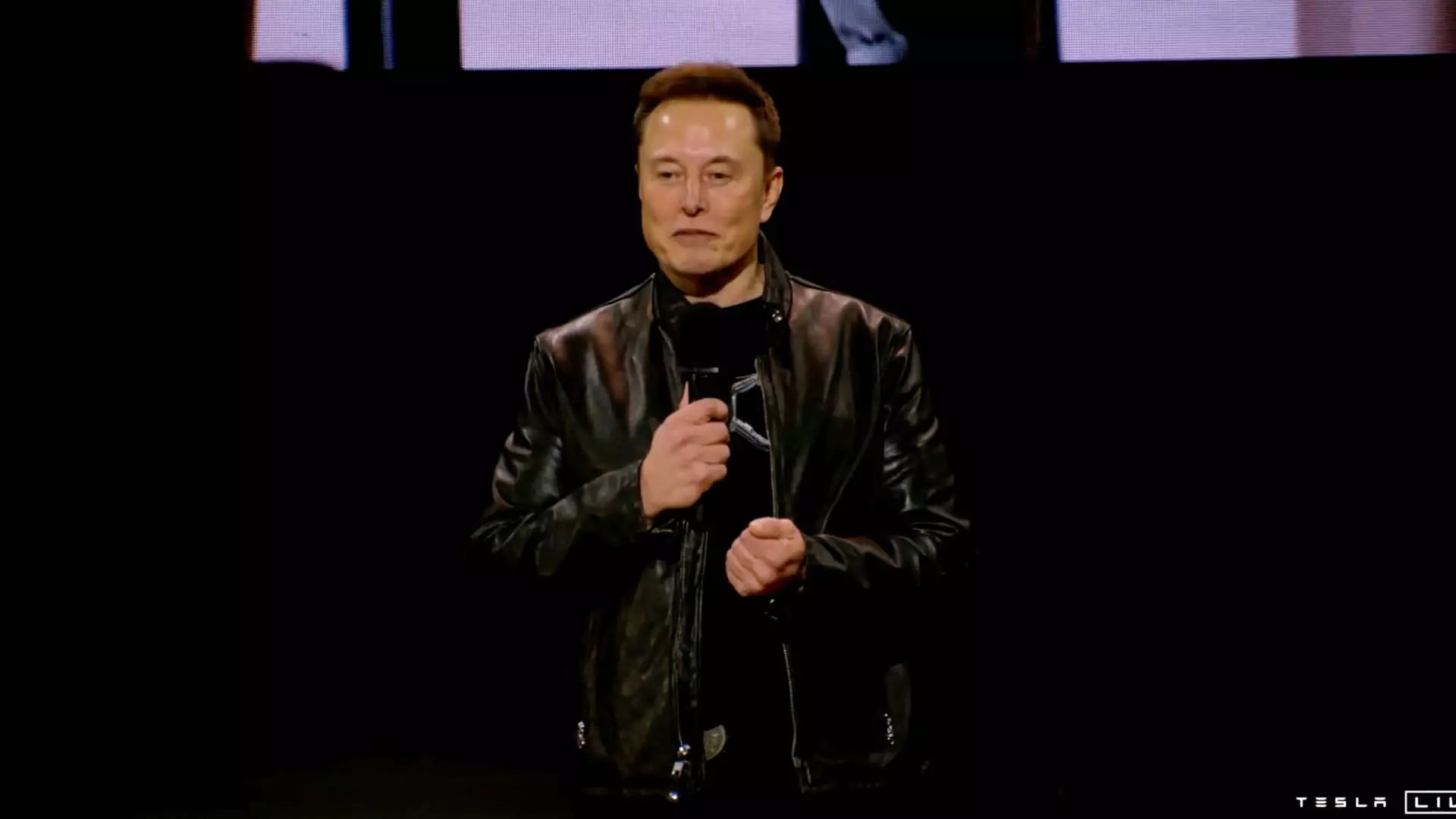Recent findings from the National Highway Traffic Safety Administration (NHTSA) have spotlighted potential misleading behaviors in Tesla’s communication regarding its vehicles’ autonomous capabilities. The agency warned that TSA’s posts on social media, particularly on the platform X (formerly Twitter), might suggest that their cars operate on a fully autonomous level. This misrepresentation creates grave implications for driver safety, as it could lead individuals to underestimate the need for active supervision while operating the vehicle.
Gregory Magno, the head of the NHTSA, articulated concern in a public email to Tesla’s board. He noted instances where Tesla endorsed posts reflecting disengaged driving, a behavior contrary to their official guidance which stresses that drivers must maintain control at all times. Such contradictory messaging can foster irresponsible driving habits and potentially endanger lives.
Tesla’s Full Self-Driving (FSD) technology currently operates as a partially automated system, necessitating human intervention to navigate effectively. Despite this, the company has been accused of framing its software as if it possesses capabilities akin to a robotaxi. This misleading portrayal can lead drivers to feel overly reliant on the technology, further compromising their attention to the roadway and increasing the risk of accidents.
The urgency of this matter is underscored by the NHTSA’s ongoing investigation into Tesla’s FSD following several collisions linked to its use shortly before the incidents. One particularly tragic case involved a Tesla vehicle striking a pedestrian while the FSD was engaged. Such incidents highlight the critical need for clarity and transparency regarding what Tesla’s technology can and cannot do.
In light of these findings, the NHTSA has requested Tesla to provide detailed information about the FSD system and its vehicles by December 18. A failure to comply could expose the company to potential fines reaching up to $135.8 million, thereby emphasizing the regulatory pressure being exerted on Tesla to align its marketing practices with the actual operational capabilities of its vehicles.
Tesla’s posts on X featuring drivers showcasing supposed benefits of FSD in dangerous scenarios, like navigating to a hospital during a health crisis or driving under the influence, raise ethical questions about corporate responsibility and consumer safety. The NHTSA insists that Tesla must align its communications with user manuals and ensure that any information shared accurately reflects the capabilities of their technology.
This scrutiny comes at a pivotal moment for Tesla, as it navigates both regulatory challenges and the increasing competition from other automakers in the autonomous driving market. CEO Elon Musk’s background as a vocal advocate for deregulation further complicates the narrative, posing potential conflicts between innovation and consumer safety. As Tesla continues to stake its claim as a leader in autonomous vehicle technology, maintaining transparency and accountability will be crucial in sustaining public trust and ensuring safety on the roads.
Tesla’s approach to marketing its FSD capabilities requires serious reevaluation. Their communication strategies must embrace accurate representations of their technology’s abilities and reinforce the necessity of driver supervision. As any missteps could lead to devastating consequences, it is imperative for both Tesla and the industry at large to prioritize ethical responsibility in the rapid advancement of autonomous driving technology.

